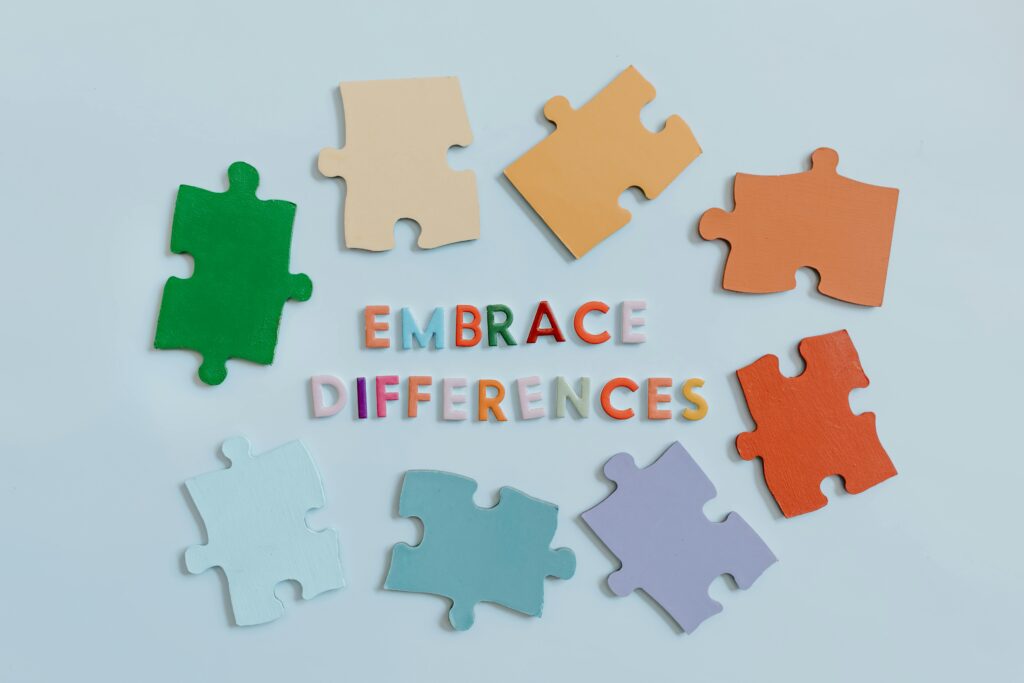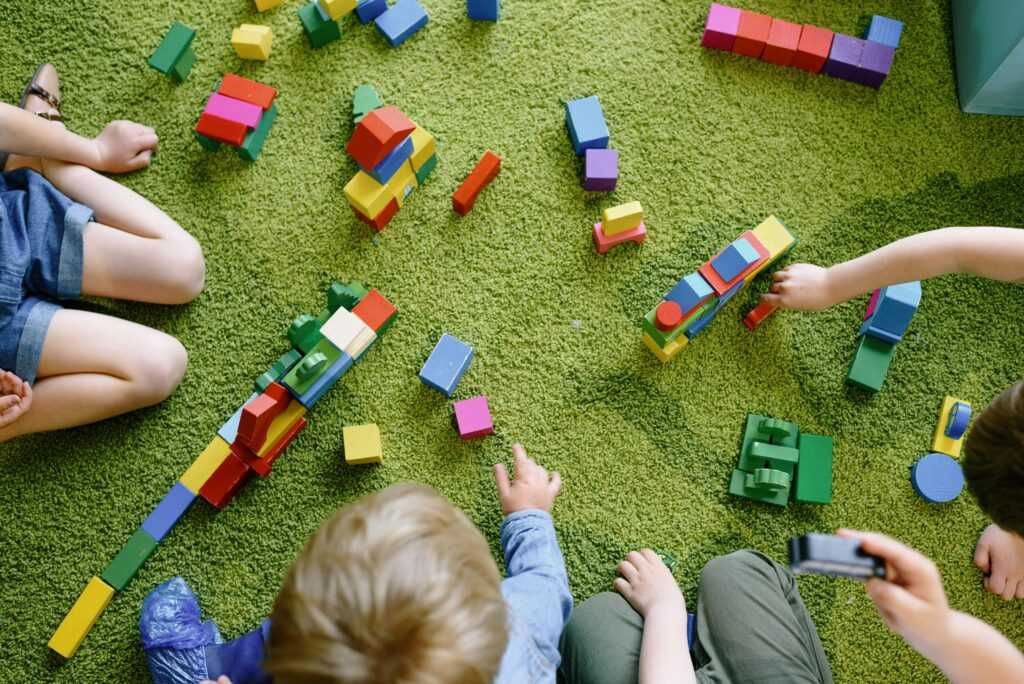Types of Puzzles: A Complete Guide
Puzzles come in many forms, stimulating different parts of the brain and providing entertainment, education, and mental exercise. Whether for kids, adults, or educational settings, understanding the different types of puzzles helps in choosing the right one for the right purpose.
???? 1. Jigsaw Puzzles
-
Description: Picture-based puzzles where individual pieces must be assembled to form a complete image.
-
Benefits: Enhances spatial awareness, fine motor skills, and problem-solving.
-
Common for: All ages—from simple 4-piece sets for toddlers to 5000+ pieces for adults.
???? 2. Logic Puzzles
-
Description: Require deductive reasoning to solve problems based on a given set of clues.
-
Examples: Sudoku, nonograms, logic grid puzzles.
-
Benefits: Boosts reasoning, sequencing, and critical thinking skills.
???? 3. Word Puzzles
-
Description: Language-based puzzles that involve finding or manipulating words.
-
Examples: Crossword puzzles, word searches, anagrams, and word ladders.
-
Benefits: Improves vocabulary, spelling, and language comprehension.
???? 4. Mechanical Puzzles
-
Description: Physical objects that need to be manipulated to achieve a goal.
-
Examples: Rubik’s Cube, disentanglement puzzles, interlocking puzzles.
-
Benefits: Enhances hand-eye coordination, spatial skills, and patience.
???? 5. Mathematical Puzzles
-
Description: Based on numbers, logic, and mathematical principles.
-
Examples: Magic squares, number sequences, algebra puzzles.
-
Benefits: Improves numeracy and logical analysis.
????️ 6. Riddles and Brainteasers
-
Description: Short questions or statements requiring clever or lateral thinking to solve.
-
Examples: “What has keys but can’t open locks?” (Answer: A piano)
-
Benefits: Encourages lateral thinking and creativity.
???? 7. 3D Puzzles
-
Description: Puzzles that create three-dimensional structures.
-
Examples: 3D model kits, 3D jigsaw puzzles, wooden construction puzzles.
-
Benefits: Builds engineering thinking and spatial visualization.
???? 8. Digital and Video Game Puzzles
-
Description: Puzzles found in mobile apps or video games.
-
Examples: Portal, The Witness, Candy Crush, Monument Valley.
-
Benefits: Often combine visuals, timing, logic, and story-based challenges.
???? 9. Pattern and Sequence Puzzles
-
Description: Identify the next item or the rule behind a sequence or pattern.
-
Examples: IQ test puzzles, visual pattern series.
-
Benefits: Boost pattern recognition and abstract thinking.
????️ 10. Escape Room Puzzles
-
Description: A sequence of real-world or virtual puzzles designed to be solved in a limited time, often with a storyline.
-
Benefits: Encourages teamwork, communication, and multitasking.
“Puzzles are not just games—they are gateways to imagination, logic, and learning.”


